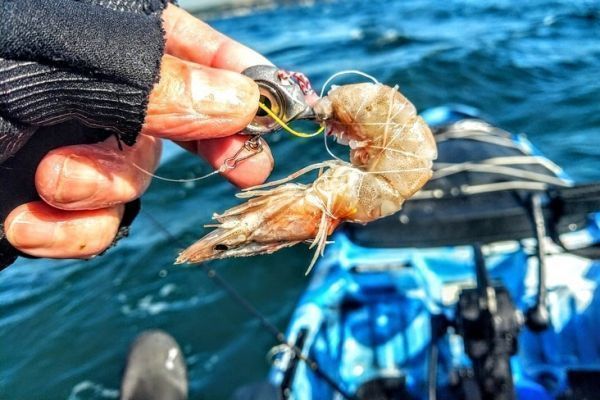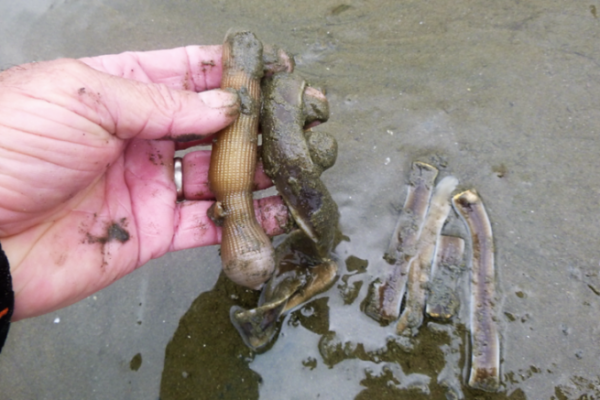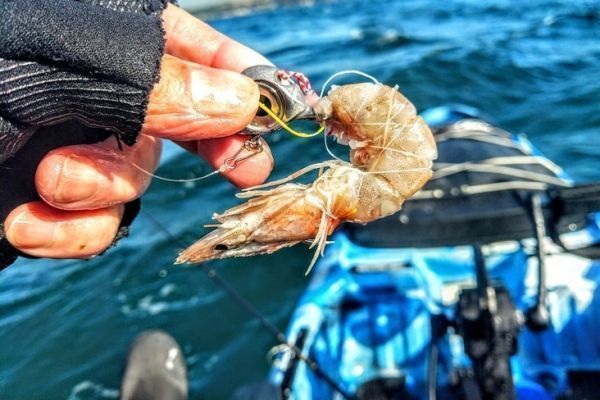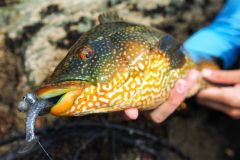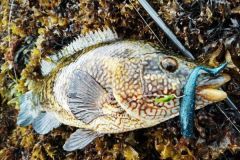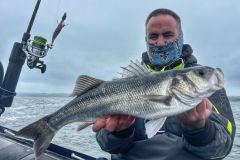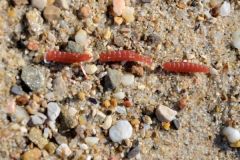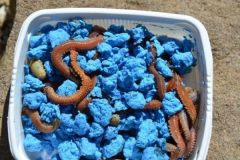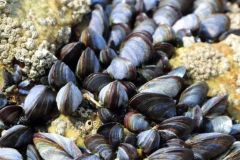After the worms and shellfish we are going to talk about the occasional bait. There are many solutions to bait your hooks and lures. Most of them are easily available, some of them can be frozen for quite a long time without worries.
Crustaceans
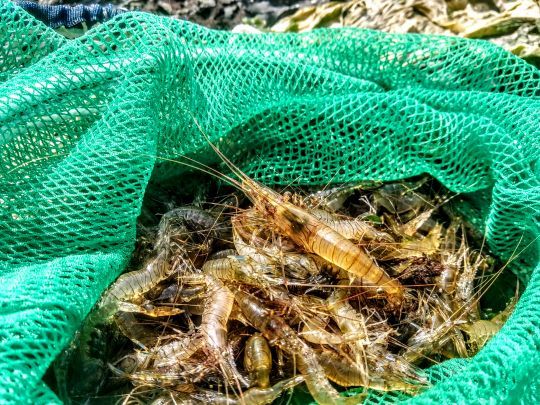
Of course, in the first place, we will find the shrimps, they can be used live or cooked. Depending on the species sought and the mounts used, we can use the bunches, live or cooked. The gambas are baits used in the search for large sparids, big gray, dentis, kingfish, pike, sars. They can be found frozen and sprayed with attractants in the market. The advantage of these products is that they can be defrosted and refrozen, they are always as attractive. A little advice for the use, once mounted on a lure / bait, do not hesitate to sausage them with elastic binding. It will last longer and will resist to the attacks of the small grey breams...
The hermit crab (piade) is interesting to use for large specimens of sea bream among others. It is necessary to remove its shell and thread it through the tail, it can also be tied. Another interesting crustacean for the royal, the callianasse or machotte. They are a kind of burrowing shrimp, they build real galleries, a bit like scampi. It is found in sandy-muddy substrates in Brittany. It is a fragile bait that does not keep, to use fresh and tied on the hook. One can find some in some merchants of live baits.
The green crab is one of the most used non-conventional baits in our area. Even better when it can be used at the time of shell change and when it is soft. Again, it is a bait to tie. We look for the royal or big bass with it, but also the emissary which loves it, and even the rays.
Cephalopods
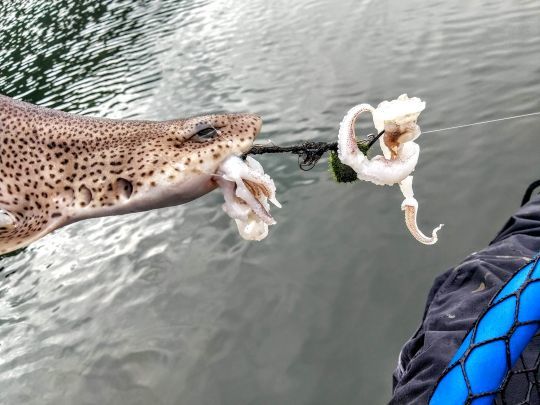
The choice, there too, is vast in this range of baits, cuttlefish are fished quite easily and their tentacles hold well on the hooks. Depending on the bite, it interests all species. The squid is also a royal bait. Especially its long hunting tentacles which are flexible and wavy in the current when they dress the hooks of lures/baits.
You can find different varieties of cephalopods of different sizes in the shops, for fishing sparids I particularly recommend the small supions, I put one on each hook, the paddles in our house love it.
The fish
We can use fish, alive like small redfish, whole or in sections like sardines or mackerel. In this category, live sandeel is the best for big pollack on wrecks for example or sea bass. A small live pout also gives excellent results.
The scallop beard
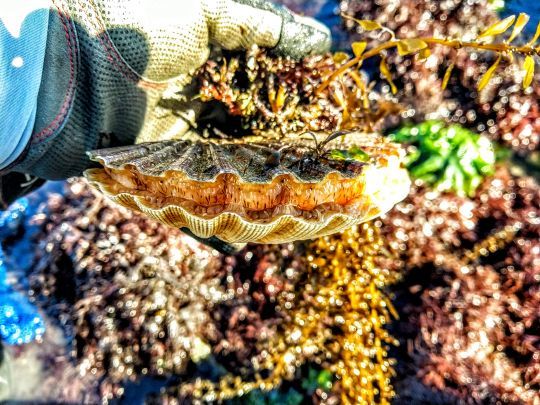
With this third part, we have made the tour of the baits that can be used. I'll give you one last one that also works well and that some of you may be familiar with, and that is the scallop beard. You can even find it now in frozen form at bait shops. I've been fishing with it for years. It's a bait that holds well on the hook and appeals to most sparids.
Be careful to respect mesh sizes and quotas when searching for bait, be aware of local regulations.
